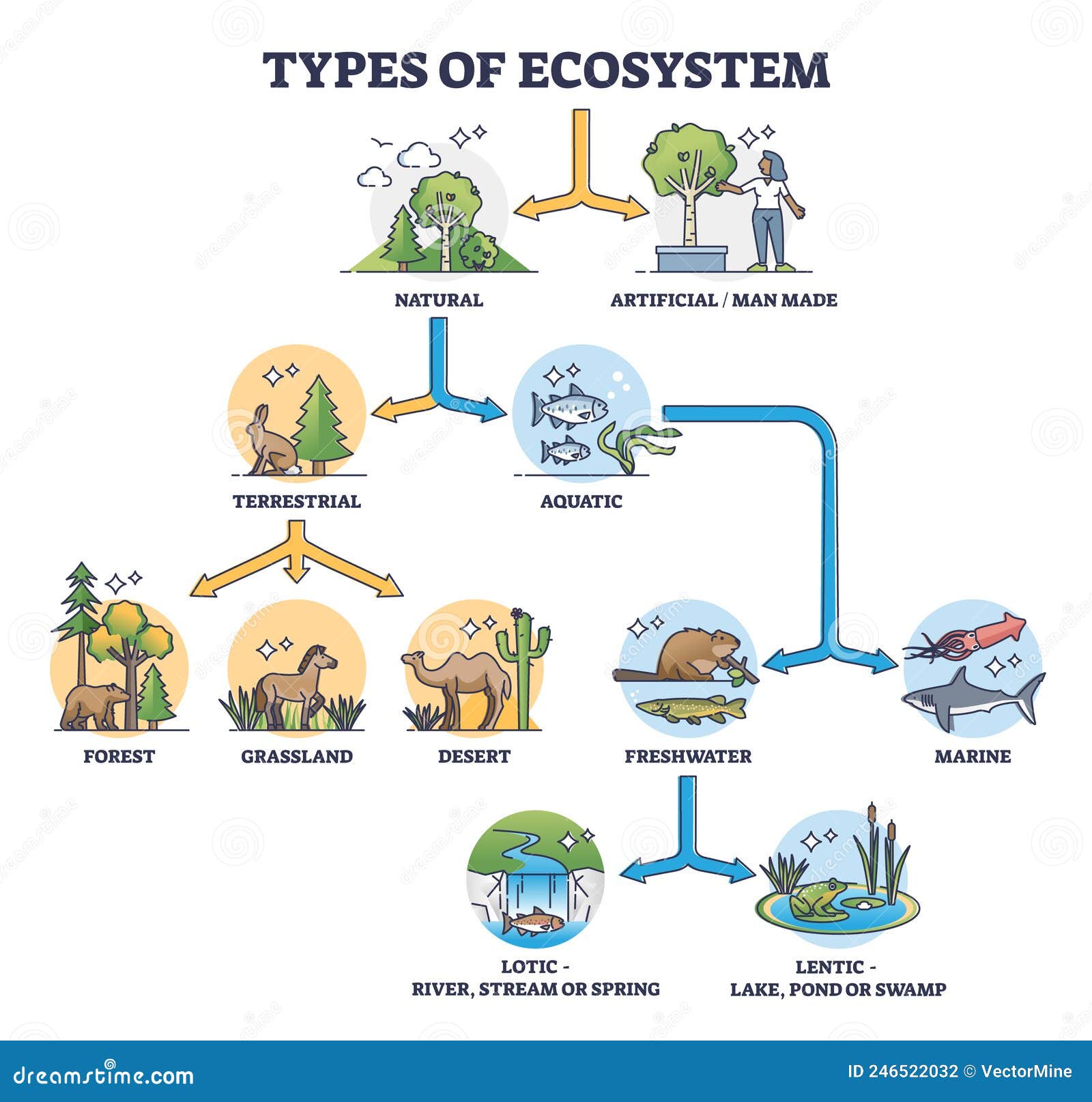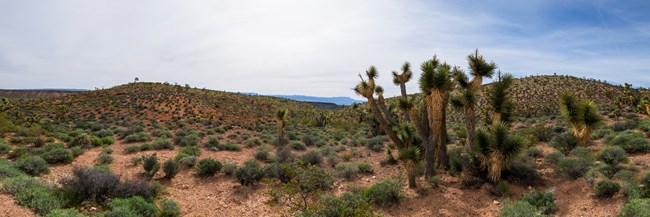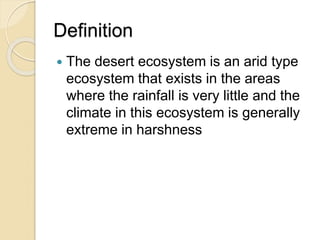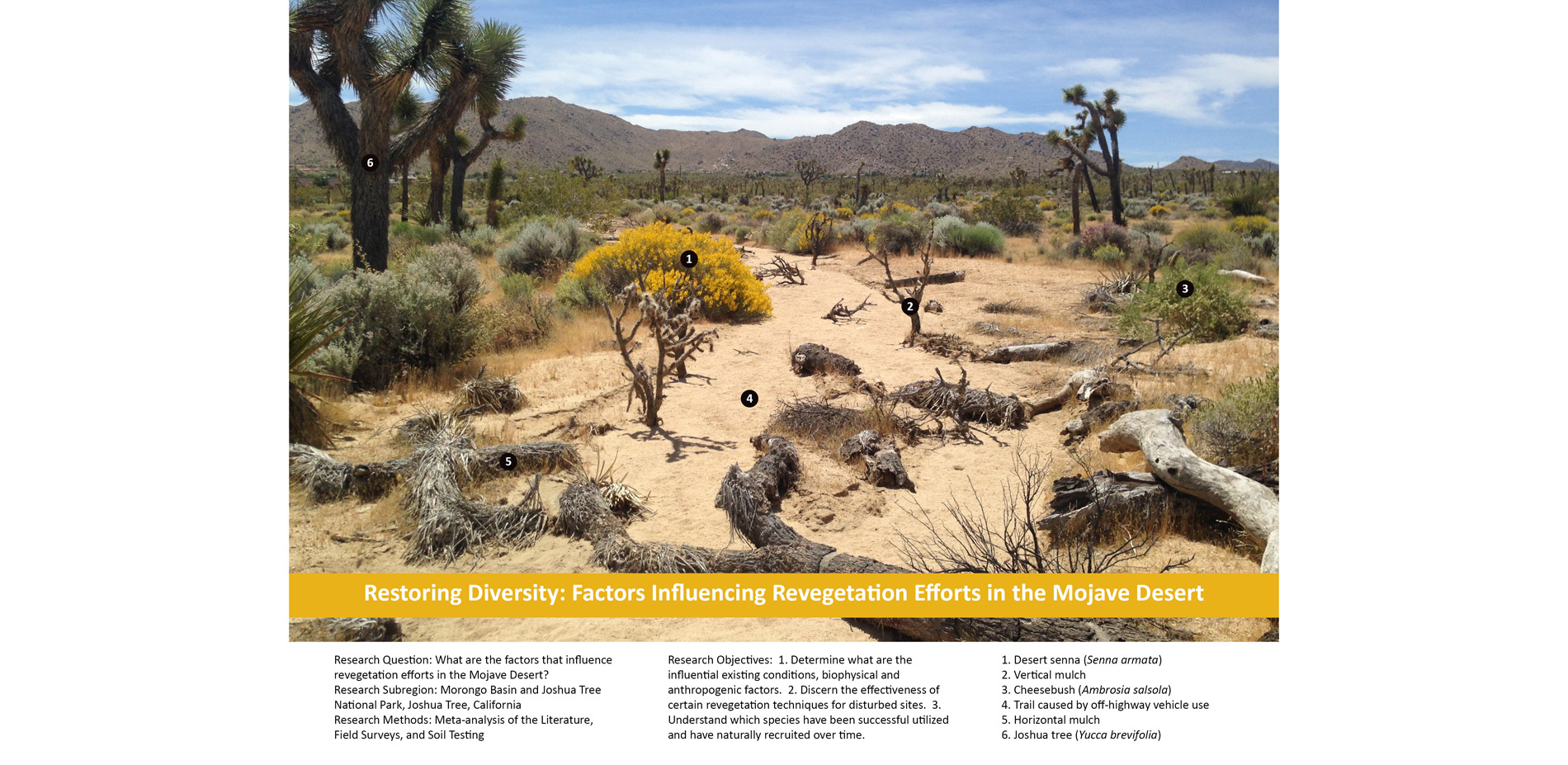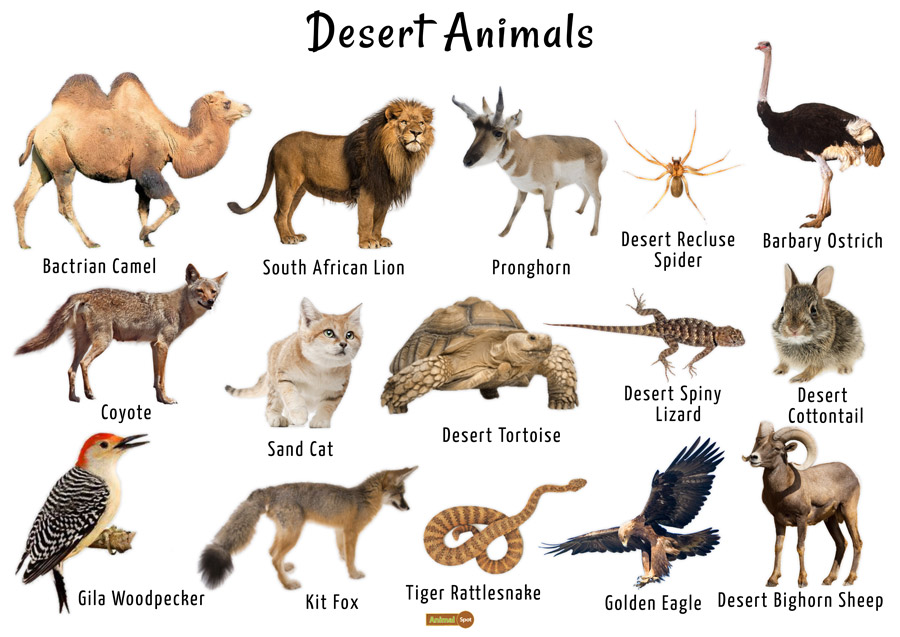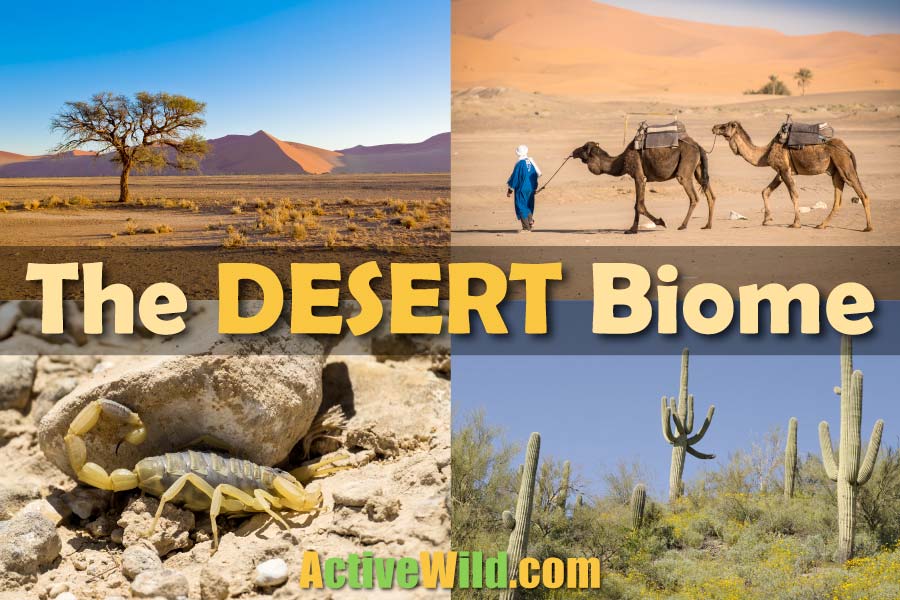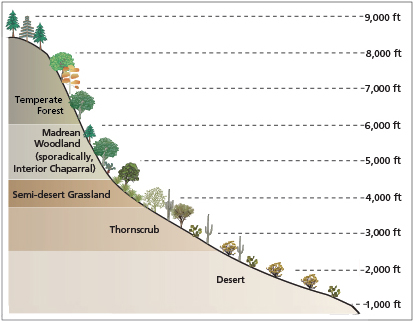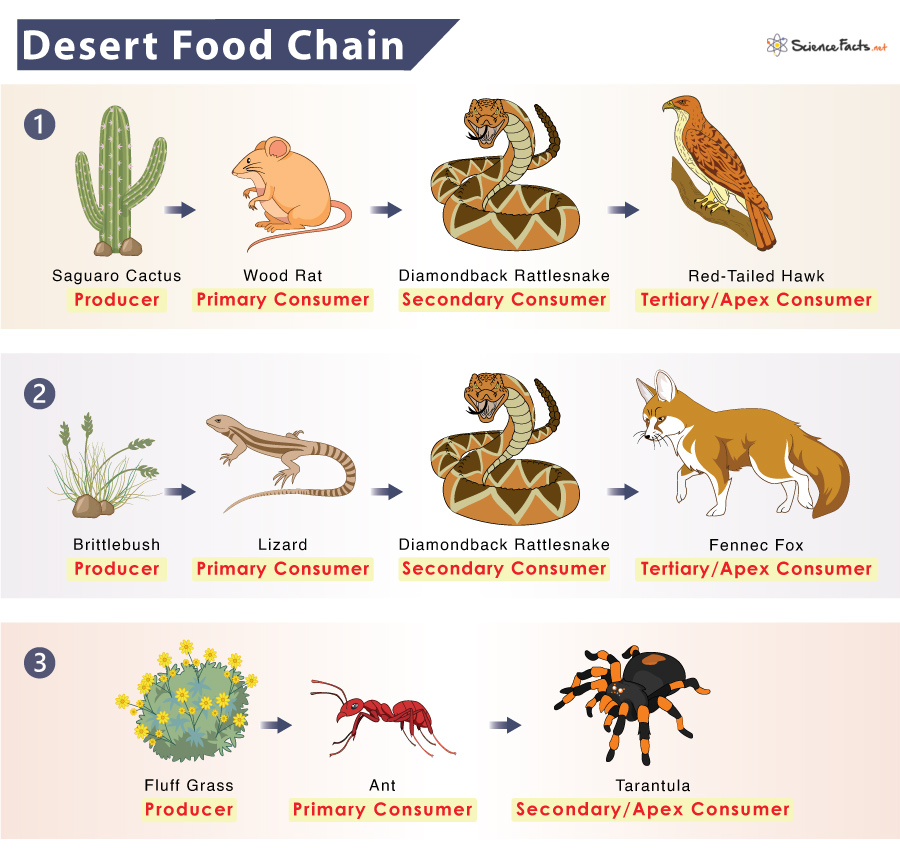Topic types of ecosystem: Discover the vibrant world of ecosystems, from lush forests to deep oceans, and understand how diverse habitats sustain life on Earth.
Table of Content
- What are the different types of ecosystems?
- Overview of Ecosystems
- Classification of Ecosystems
- Terrestrial Ecosystems
- Aquatic Ecosystems
- Marine Ecosystems
- Freshwater Ecosystems
- YOUTUBE: What are Ecosystems? Types of Ecosystems for Kids
- Forest Ecosystems
- Desert Ecosystems
- Grassland Ecosystems
- Tundra Ecosystems
- Urban Ecosystems
- Importance of Biodiversity in Ecosystems
- Ecosystem Conservation and Restoration
What are the different types of ecosystems?
The different types of ecosystems include:
- Forest ecosystems: These ecosystems consist of trees, plants, animals, and microorganisms that interact with each other in forests.
- Grassland ecosystems: Grasslands are areas dominated by grasses and other herbaceous plants. They are home to a variety of animals and insects.
- Desert ecosystems: Deserts are dry and arid regions with sparse vegetation. They are inhabited by specially adapted plants and animals that can survive in extreme conditions.
- Tundra ecosystems: Tundra is a cold, treeless biome where the ground is frozen for most of the year. It supports a limited number of plants and animals.
- Aquatic ecosystems: Aquatic ecosystems include both freshwater and marine environments. They are home to a wide range of aquatic plants, animals, and microorganisms.
Each of these ecosystems has unique characteristics and supports different forms of life. Understanding and conserving these ecosystems is crucial for maintaining biodiversity and the overall health of our planet.
READ MORE:
Overview of Ecosystems
An ecosystem encompasses the interaction between living organisms, including animals, plants, and microorganisms, and their physical environment, such as the soil, water, and air. These interactions form a complex network of relationships that sustain life through the cycling of nutrients and energy flows.
- Definition and Components: An ecosystem includes both biotic (living) and abiotic (non-living) components.
- Energy Flow: Sunlight is the primary source of energy, which is harnessed by producers (mostly plants) through photosynthesis, then transferred through various trophic levels.
- Nutrient Cycling: Ecosystems recycle nutrients, with decomposers breaking down dead matter and releasing essential nutrients back into the environment.
- Types of Ecosystems: Broadly categorized into terrestrial, aquatic, and marine, each with unique characteristics and life forms.
- Interdependence: The health and stability of ecosystems depend on intricate relationships between their components, highlighting the importance of biodiversity.
Ecosystems are dynamic entities, constantly undergoing changes due to natural and human-induced factors, playing a crucial role in Earth"s biosphere.

Classification of Ecosystems
Ecosystems are classified into various types based on their environment and the organisms that inhabit them. This classification helps in understanding the diversity of life forms and their interactions within different habitats.
- Terrestrial Ecosystems: These are land-based ecosystems, which include forests, deserts, grasslands, and tundras.
- Aquatic Ecosystems: Aquatic ecosystems are water-based and are further divided into freshwater (lakes, rivers, and ponds) and marine (oceans, seas, and coral reefs) ecosystems.
- Marine Ecosystems: Covering over 70% of the Earth"s surface, marine ecosystems are primarily found in oceans and seas and are known for their salinity.
- Freshwater Ecosystems: These include rivers, lakes, streams, ponds, and wetlands, characterized by low salt content.
- Urban Ecosystems: Urban areas with their unique combination of physical structures and living organisms, including humans, form urban ecosystems.
- Forest Ecosystems: Forests are categorized into tropical, temperate, and boreal forests, each with distinct climates and species.
- Desert Ecosystems: Defined by their dry conditions, deserts can be hot or cold and support a unique set of organisms adapted to harsh conditions.
- Grassland Ecosystems: Grasslands are characterized by vast open spaces of grasses and are found in both temperate and tropical regions.
- Tundra Ecosystems: Tundras are cold, treeless regions found in the Arctic and high mountains, with a short growing season.
Each type of ecosystem supports a unique set of organisms, adapted to live in its specific environment, contributing to the planet"s biodiversity.
Terrestrial Ecosystems
Terrestrial ecosystems, covering about 30% of the Earth"s surface, are characterized by the land habitats they encompass. These ecosystems are diverse, ranging from arid deserts with scarce water to rainforests teeming with life, each supporting a unique variety of flora and fauna.
- Forests: Including tropical, temperate, and boreal forests, these ecosystems are vital for oxygen production and carbon dioxide absorption.
- Deserts: Known for extreme temperatures and minimal rainfall, deserts are home to specially adapted plants and animals.
- Grasslands: Spanning temperate and tropical regions, grasslands are important for agriculture and supporting diverse wildlife.
- Tundras: Cold, treeless regions where subsoil is permanently frozen, supporting mosses, lichens, and a variety of animals.
- Mountains: Characterized by a gradient of ecosystems as altitude increases, with distinct flora and fauna at different levels.
Terrestrial ecosystems play crucial roles in the Earth"s biodiversity, climate regulation, and provide resources for human use such as wood, medicine, and food.
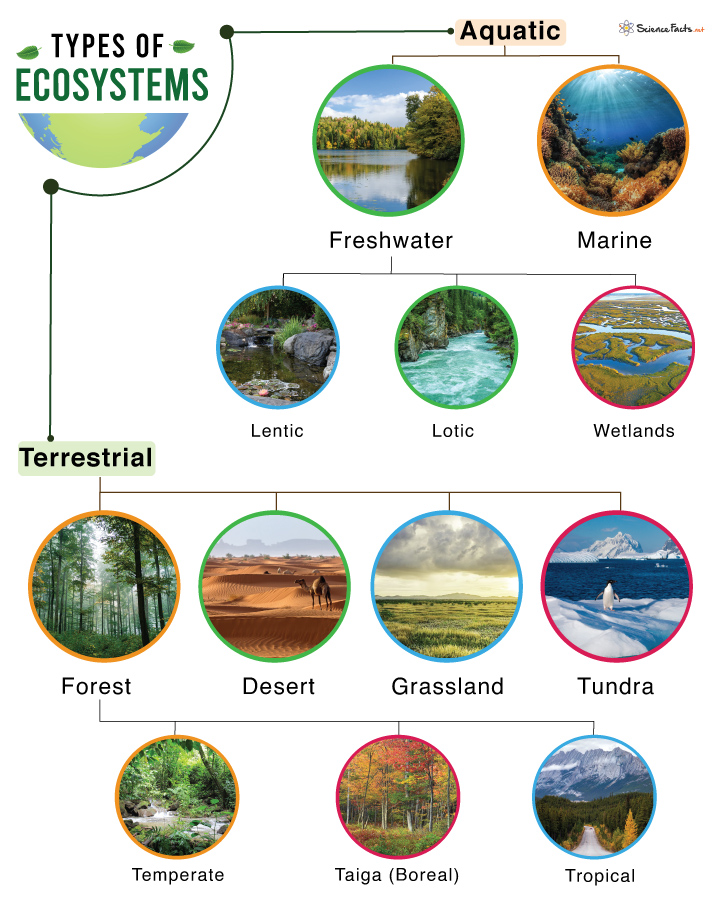
Aquatic Ecosystems
Aquatic ecosystems, encompassing both freshwater and marine environments, cover a significant portion of the Earth"s surface. These ecosystems are crucial for supporting a wide range of life forms, maintaining biodiversity, and regulating climate.
- Freshwater Ecosystems: These include rivers, lakes, streams, and wetlands, characterized by low salt concentrations. They are essential for providing drinking water, supporting agriculture, and harboring diverse wildlife.
- Marine Ecosystems: Spanning oceans and seas, marine ecosystems are marked by high salinity levels. They are vital for global climate regulation, carbon storage, and supporting a vast array of marine life.
- Coral Reefs: Often referred to as the "rainforests of the sea," coral reefs are biodiverse marine ecosystems that provide critical habitats for a multitude of marine species.
- Estuaries and Coastal Wetlands: These are transition zones between freshwater and marine environments, offering rich biodiversity and serving as nurseries for many marine species.
Aquatic ecosystems play key roles in nutrient cycling, water purification, and providing resources such as food and recreational areas, underscoring their importance to ecological balance and human well-being.
Marine Ecosystems
Marine ecosystems, covering over 70% of Earth"s surface, are primarily found in oceans and seas. Characterized by their saline water, these ecosystems play a critical role in Earth"s climate, biogeochemical cycles, and support a diverse array of life.
- Open Ocean: The vast, deep waters of the open ocean, home to a wide range of species from microscopic plankton to the largest whales.
- Coral Reefs: Known as the "rainforests of the sea," coral reefs are dense, diverse habitats found in warm, shallow waters.
- Deep Sea: The deep sea ecosystem, beyond the reach of sunlight, hosts unique life forms adapted to extreme conditions.
- Mangroves: Coastal ecosystems where saltwater and freshwater mix, supporting a rich biodiversity and protecting coastlines.
- Estuaries: Where rivers meet the sea, estuaries provide critical habitats for many species and act as nurseries for marine life.
Marine ecosystems are indispensable for the global ecosystem, providing essential services such as oxygen production, carbon sequestration, and climate regulation.
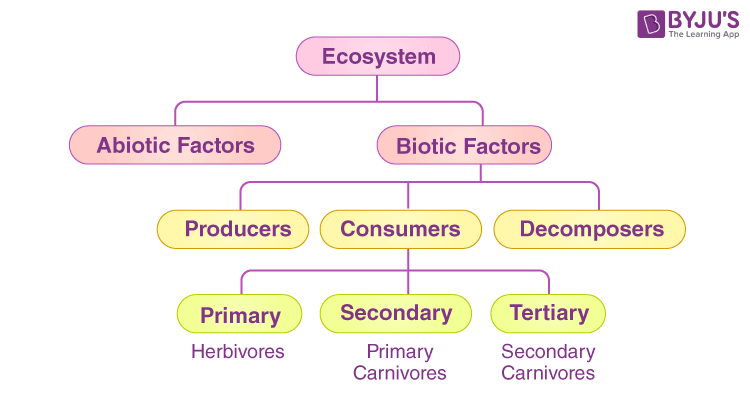
Freshwater Ecosystems
Freshwater ecosystems, comprising less than 3% of the Earth"s surface, are vital for both ecological diversity and human survival. These ecosystems include rivers, lakes, streams, ponds, and wetlands, each supporting unique communities of plants, animals, and microorganisms.
- Rivers and Streams: Flowing bodies of water that move in one direction, providing habitats for species adapted to strong currents and varying water quality.
- Lakes and Ponds: Still water bodies that vary in size and depth, supporting a wide range of aquatic life and serving as important water reservoirs for human use.
- Wetlands: Areas where water covers the soil or is present at or near the surface of the soil all year or for varying periods of time during the year, including swamps, marshes, and bogs. Wetlands are known for their role in water purification, flood protection, and biodiversity support.
Freshwater ecosystems play crucial roles in the biosphere, including maintaining hydrological cycles, providing freshwater for drinking, agriculture, and industry, and supporting a rich diversity of life that includes many species of fish, amphibians, waterbirds, and invertebrates.
What are Ecosystems? Types of Ecosystems for Kids
\"Explore the fascinating world of ecosystems in this captivating video! Discover the intricate interplay of living organisms and their environment, and uncover the wonders of nature\'s balance. Embark on an educational journey that will leave you in awe of Earth\'s diverse ecosystems.\"
Types of Ecosystem
\"Looking to expand your knowledge about different types? Look no further! This video is your gateway to understanding the incredible diversity in our world. Dive into the myriad of types, from animals and plants to landscapes and cultures. Get ready to be amazed by the endless variety that defines our planet.\"
Forest Ecosystems
Forest ecosystems are characterized by a diverse array of tree and animal species, alongside fungi and bacteria, interacting within various climates. These ecosystems are categorized into tropical rainforests, known for their immense biodiversity and numerous species of trees and animals, temperate forests, which experience seasonal changes and include deciduous and coniferous trees, and boreal forests or taigas, located in subarctic regions and composed mostly of coniferous trees adapted to cold temperatures.
- Canopy: Forests are distinguished by their dense canopies, creating unique microclimates that influence the temperature and humidity levels underneath.
- Layers: They feature distinct vertical layers, such as the emergent, canopy, understory, and forest floor, each supporting various species.
- Biodiversity: Forests are rich in biodiversity, providing habitats for a wide range of plants, animals, and microorganisms, contributing to the complex ecological balance.
- Nutrient Cycling: The ecosystem is efficient in nutrient cycling, with decomposing organic matter replenishing soil nutrients, supporting continuous growth.
Conservation efforts focus on maintaining this biodiversity and the myriad of ecosystem services forests provide, such as carbon storage, oxygen production, and soil stabilization.

Desert Ecosystems
Desert ecosystems are characterized by extreme conditions, with low moisture levels, scarce precipitation, and wide temperature fluctuations between day and night. Despite these harsh conditions, deserts are home to a wide range of life adapted to survive in such environments.
- Water Scarcity: The defining feature of deserts is their lack of water. Plants and animals have evolved various strategies to minimize water loss and efficiently use scarce water resources.
- Flora: Vegetation in desert ecosystems is sparse and includes species such as cacti, succulents, and hardy bushes, which have adapted to conserve water and survive the intense sun and heat.
- Fauna: Desert wildlife has adapted to the extreme environment through nocturnal lifestyles, water conservation, and burrowing habits. Common animals include reptiles, rodents, insects, and birds that can survive with minimal water.
- Adaptations: Adaptations in desert ecosystems include deep root systems of plants to tap into underground water, waxy plant surfaces to reduce water loss, and behavioral adaptations of animals to avoid heat stress.
Desert ecosystems are not barren wastelands but are full of life, demonstrating remarkable adaptations to some of the most challenging conditions on Earth.
Grassland Ecosystems
Grassland ecosystems, known for their vast open landscapes dominated by grasses, are vital habitats that support a diverse array of flora and fauna. They exist in both temperate and tropical regions of the world, including the prairies of North America, the steppes of Eurasia, and the savannas of Africa and Australia. These ecosystems are characterized by their minimal tree cover, seasonal rainfall, and fertile soils that are ideal for grasses and herbaceous plants.
- Flora: The primary vegetation in grassland ecosystems consists of grasses, which have adapted to survive periods of drought and fire. These grasses form the basis of the food chain and provide essential nutrients for a variety of herbivores.
- Fauna: Grasslands support a rich diversity of wildlife, including large herbivores such as bison, antelope, zebras, and elephants, as well as predators like lions and wolves. The abundance of grasses supports these large herbivores, which in turn maintain the health of the grassland by preventing any single species from dominating.
- Adaptations: Plants and animals in grassland ecosystems have developed unique adaptations to cope with the challenges of their environment. Many grasses are able to regrow quickly after being consumed by herbivores or damaged by fire. Animals have adapted to the open landscape by developing keen senses and fast running speeds to evade predators.
- Environmental Importance: Grasslands play a crucial role in soil conservation, carbon sequestration, and providing habitat for migratory bird species. They are also important for agriculture, providing grazing land for livestock and fertile soil for crops.
Despite their ecological importance, grassland ecosystems face threats from human activities, including land conversion for agriculture, urbanization, and climate change, highlighting the need for conservation efforts to protect these vital habitats.

Tundra Ecosystems
Tundra ecosystems are among the most extreme habitats on Earth, characterized by cold temperatures, low precipitation, a short growing season, and permafrost. They are primarily found in the high latitudes of the Arctic and Antarctic regions, as well as above the tree line on high mountains. Despite the harsh conditions, tundras support a variety of life adapted to survive in such environments.
- Flora: Vegetation in tundra ecosystems is limited but diverse, including mosses, lichens, low shrubs, sedges, and grasses. These plants have adapted to the cold and short growing seasons with rapid growth cycles and the ability to photosynthesize under low light conditions.
- Fauna: Animal life in the tundra includes species such as reindeer (caribou), arctic foxes, wolves, polar bears (in the Arctic), and numerous bird species that migrate to the tundra for the summer breeding season. These animals have developed adaptations such as thick fur coats, fat layers, and behaviors that help them survive the cold and find food.
- Permafrost: A defining feature of the tundra is permafrost, a permanently frozen layer of ground beneath the surface soil. Permafrost prevents deep root development and affects drainage, creating a unique landscape of wetlands, lakes, and bogs during the brief summer thaw.
- Environmental Challenges: Tundra ecosystems are highly sensitive to climate change, with warming temperatures affecting permafrost, altering habitats, and threatening the traditional ways of life for indigenous peoples. Conservation efforts focus on protecting these fragile ecosystems from the impacts of climate change and human activities.
The tundra is a land of extremes, with its stark beauty, unique ecosystems, and the remarkable resilience of its flora and fauna. It plays a critical role in global climate regulation and serves as an important research site for studying ecological adaptation and climate change.
Urban Ecosystems
Urban ecosystems are dynamic environments found within cities and towns, where human structures and activities interact with natural processes and wildlife. These ecosystems are characterized by a unique blend of biotic and abiotic components, including buildings, roads, humans, plants, animals, and microorganisms, creating a complex web of interactions.
- Human Influence: The most significant feature of urban ecosystems is the predominant influence of human activities and infrastructure, which modify natural habitats, alter water flow, and influence local climates.
- Biodiversity: Despite urbanization, these ecosystems can support a surprising diversity of species, from common urban wildlife like birds, squirrels, and insects to less visible organisms such as bacteria and fungi in soils and waterways.
- Green Spaces: Parks, gardens, green roofs, and other vegetated areas within urban ecosystems play critical roles in enhancing biodiversity, improving air and water quality, and providing recreational spaces for residents.
- Challenges and Solutions: Urban ecosystems face challenges such as pollution, habitat fragmentation, and the heat island effect. Addressing these issues involves integrated urban planning, conservation efforts, and the promotion of green infrastructure to create sustainable and resilient cities.
Urban ecosystems are vital for the well-being of their inhabitants, offering opportunities for conservation and sustainability within the bustling life of cities. They highlight the importance of balancing urban development with ecological considerations to ensure healthy environments for future generations.

Importance of Biodiversity in Ecosystems
Biodiversity, the variety of life found in the earth"s ecosystems, is crucial for the stability, resilience, and productivity of natural environments. It encompasses the diversity within species, between species, and of ecosystems, playing a pivotal role in maintaining ecological processes and services.
- Supports Ecosystem Services: Biodiversity underpins ecosystem services that are essential for human survival, including air and water purification, pollination of crops, climate regulation, and disease control.
- Enhances Resilience: Diverse ecosystems are more resilient to environmental changes and disturbances, such as climate change, pests, and diseases. A greater variety of species ensures that ecosystems can recover more quickly from disruptions.
- Genetic Resources: Biodiversity provides a wealth of genetic material that can lead to medical discoveries, agricultural innovations, and adaptability to changing conditions.
- Cultural and Recreational Value: Natural environments rich in biodiversity contribute to human well-being and enjoyment, offering opportunities for recreation, spiritual enrichment, and inspiration.
The loss of biodiversity threatens these natural systems and the benefits they provide. Conservation efforts aimed at protecting habitats, preserving endangered species, and restoring ecological balance are essential to maintain the health and functionality of ecosystems around the world.
READ MORE:
Ecosystem Conservation and Restoration
Ecosystem conservation and restoration are critical actions to protect the Earth"s biodiversity and maintain the natural services provided by ecosystems. These efforts aim to safeguard habitats, ensure the survival of species, and restore ecological balance to areas affected by human activity, natural disasters, or climate change.
- Conservation Strategies: Conservation involves protecting areas of environmental importance through the establishment of protected areas, wildlife reserves, and national parks. It also includes legal measures to protect endangered species and habitats, and community-based efforts to manage natural resources sustainably.
- Restoration Techniques: Restoration efforts focus on repairing damaged ecosystems and bringing them back to their natural state. Techniques include reforestation, wetland restoration, removal of invasive species, and rehabilitation of degraded lands.
- Community Involvement: Engaging local communities in conservation and restoration projects is crucial for success. Education, awareness programs, and participatory management practices help ensure that local populations support and benefit from these efforts.
- Climate Change Mitigation: Ecosystem conservation and restoration play a significant role in mitigating climate change by sequestering carbon dioxide, protecting carbon sinks, and enhancing ecosystem resilience to climate impacts.
The long-term success of ecosystem conservation and restoration requires global cooperation, adequate funding, and the integration of these efforts into broader environmental and development policies. By working together, we can preserve the planet"s biodiversity for future generations.
Exploring the diverse types of ecosystems reveals the intricate balance and beauty of our planet. Each ecosystem plays a vital role in sustaining life, offering unique insights and opportunities for conservation. Join us in celebrating and protecting these natural wonders for future generations.
